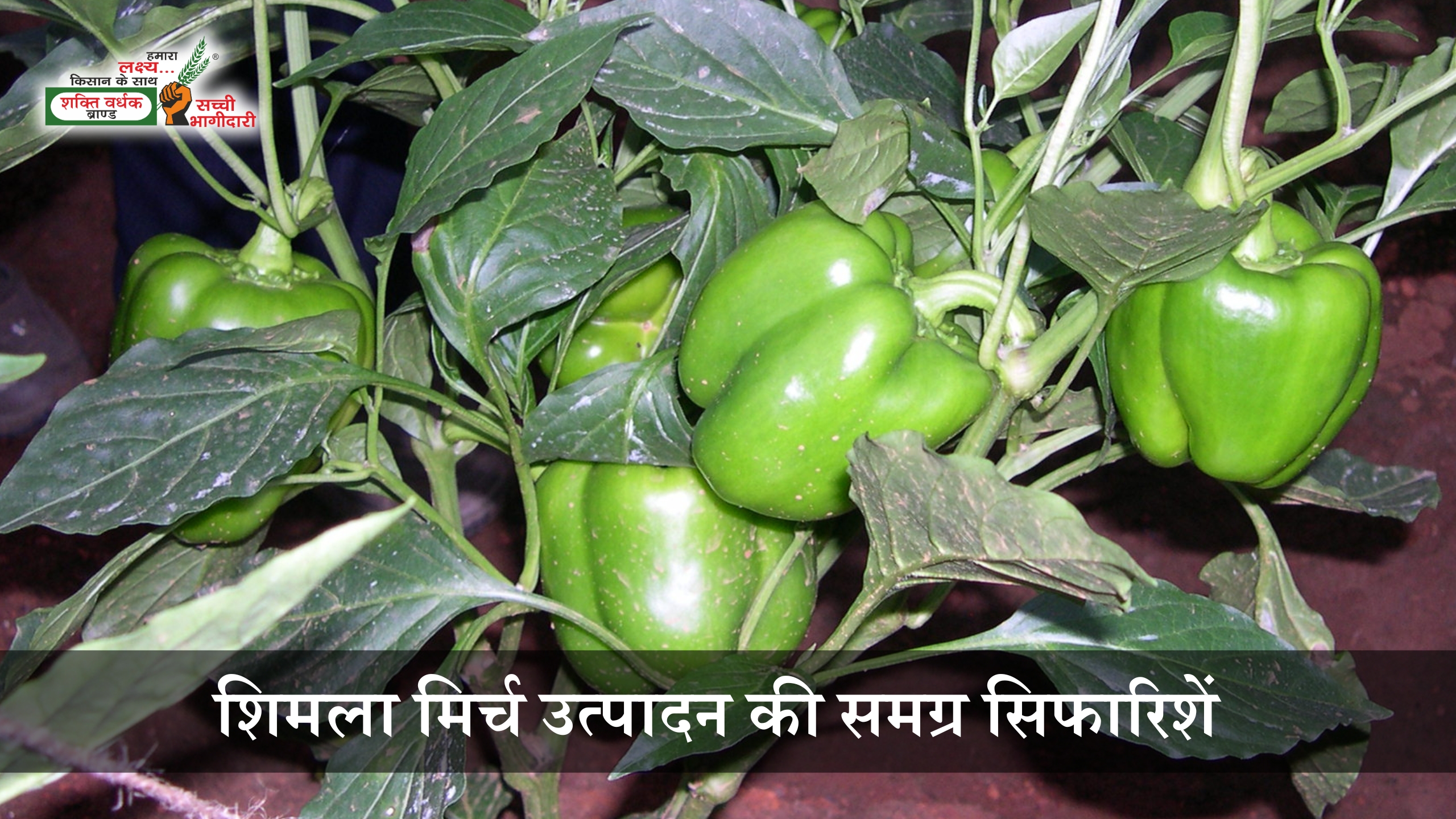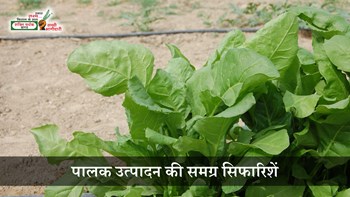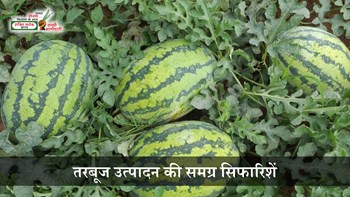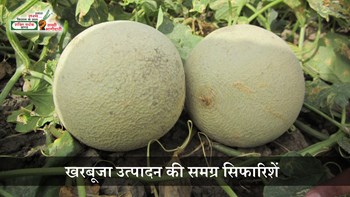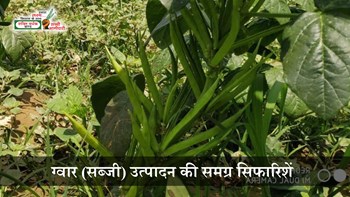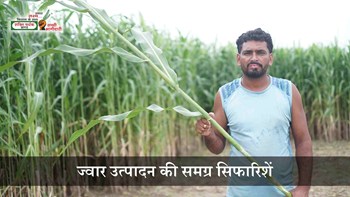Agronomic Practices
Sowing Time: Seeds are sown in the nursery beds in the end of October. The seedlings are protected from frost during December-January by covering with polythene sheet or sarkanda cover and transplanted in mid February. To raise early crop, the seed can also be sown in nursery in mid October and transplanted in end November. This crop is protected with polythene or sarkanda cover in the field during the period of frost.
Seed rate : Use 200 g of seed per acre.
Spacing : The seedlings are planted on ridges 67.5 cm apart with a plant to plant distance of 30 cm.
Manures and Fertilizers : This crop is a heavy feeder, therefore, loam to clay loam soils are preferred for higher yield.
Farmyard manure at the rate of 20-25 tonnes/acre is applied at the time of preparation of the soil. The inorganic fertilizers at the rate of 50 kg N (110 kg of Urea), 25 kg P2O5 (175 kg of Superphosphate) and12 kg K2O (20 kg Muriate of Potash) should be applied per acre. Whole P2 O5, K2O, and 1/3 of N are applied at the time of planting and rest of N is supplied in two equal doses one and two months after transplanting.
Irrigation : First irrigation should be given immediately after transplanting. Afterwards irrigation is given at 4 to 5 days interval during hot weather and 7 to 8 days during cold weather.
Harvesting, Handling and Marketing
The crop is ready for harvest in about 3 months after transplanting. Pick the fruits when they are fully developed but still green and shining. Pack bell pepper in paper moulded trays and wrap with heat shrinkable or cling film. It improves the shelf life and retains the quality for 10 days in super market (18-20C) and 7 days in ordinary market (28-30C) conditions.
Plant Protection
Insect pests
|
Pests and Symptoms |
Control Measures |
Precautions |
|
1. Fruit borer: The larvae cause damage by making holes in the fruits and make them unfit for human consumption. |
Spray 50 ml Coragen 18.5 SC (chlorantraniliprole) or 50 ml Tracer 45 SC (spinosad) or 250 ml Regent 5 SC (fipronil) in 100 litres of water per acre. |
|
|
2. Mites, thrips, aphids and whitefly are the serious pests of these crops. They suck the sap from leaves and lower the yield. |
|
|
Diseases
|
Diseases |
Symptoms |
Control Measures |
|
1. Fruit rot and Die-back (Colletotrichum capsici) |
The tips of fruit bearing branches start drying soon after the fruits begin to ripe. Dark sunken spots covered with dark or pinkish fructifications scattered or arranged in concentric rings, appear, especially on the fruit. |
|
|
2. Wet rot (Choanephora cucurbitarum) |
Young branches, flower and fruits are attacked, conspicuous black pin heads of the fungus are seen on rotten parts. This disease is severe after heavy rains. |
|
|
3. Leaf curl (Virus) |
Affected plants become stunted and have rosette appearance Leaves roll downwards. This virus is transmitted by whitefly. |
|
|
4. Mosaic (Virus) |
Leaves show mottling and blistering. Plants become chlorotic and stunted. Virus is transmitted by aphids. |
|
